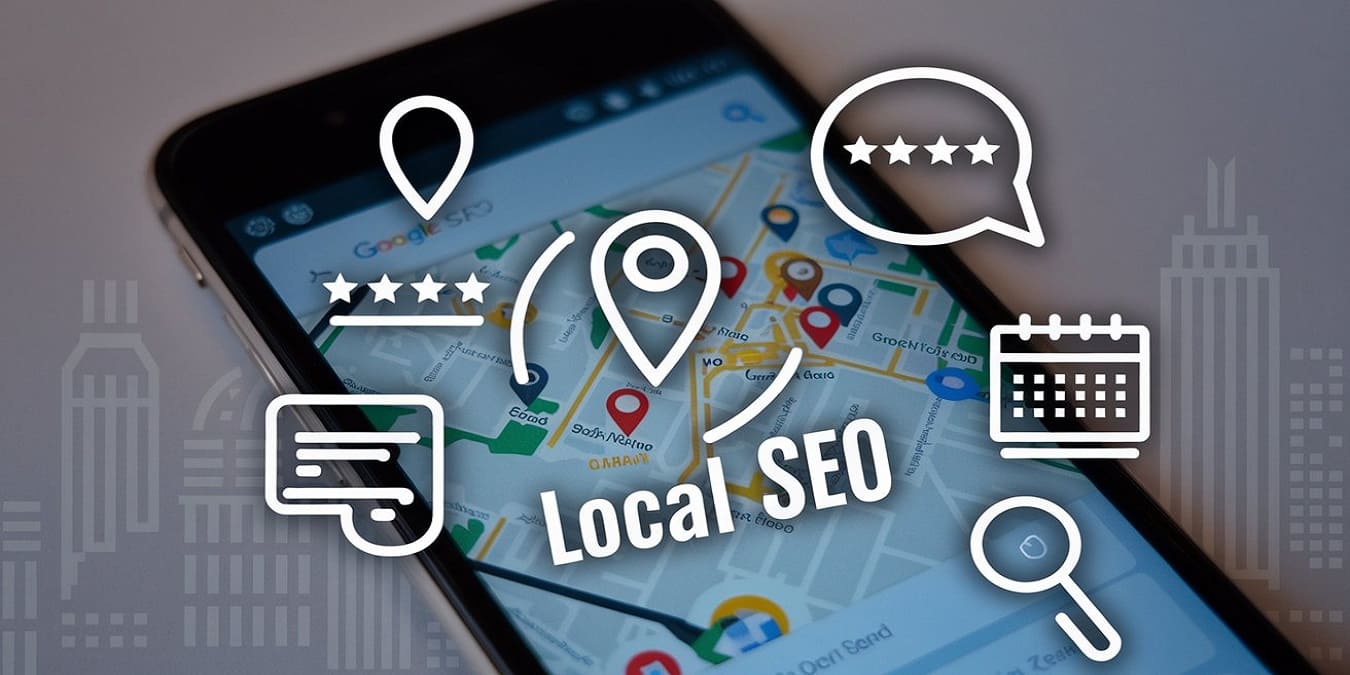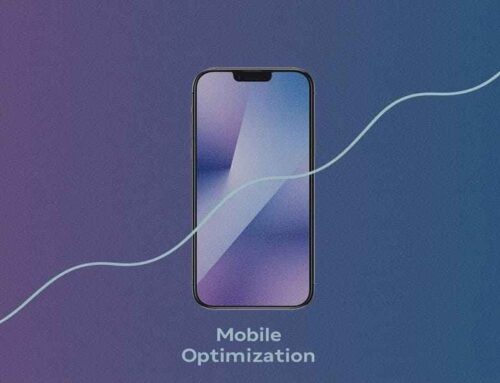
Local SEO Surge
Imagine this: A potential customer in your neighborhood searches for “Best coffee shop near me” on their phone. Will your coffee shop show up? If not, you’re missing out on a golden opportunity.
In today’s digital-first world, local SEO is no longer optional, it’s essential. With the rise of hyperlocal searches, businesses that optimize for their immediate geographic area are reaping the rewards. But how can you ensure your business stands out in these highly targeted searches?
In this comprehensive guide, we’ll dive into the local SEO surge and show you how to dominate hyperlocal searches. Whether you’re a small business owner, a marketer or a startup founder, this post will equip you with actionable strategies to attract more local customers and grow your business.
Let’s get started!
What is Local SEO and Why Does It Matter?
Local SEO is the practice of optimizing your online presence to attract more business from relevant local searches. These searches take place on Google and other search engines, often with phrases like “near me” or “in [city name].” For example, someone searching for “Plumber in Austin” or “Vegan restaurant near me” is likely looking for a local business to meet their needs.
But why is local SEO so important?
- 72% of consumers who perform a local search visit a store within five miles.
- 46% of all Google searches have local intent.
- 88% of mobile searches for local businesses result in a call or visit within 24 hours.
These stats highlight the power of hyperlocal marketing. By optimizing for local SEO, you can ensure your business is visible to customers who are ready to buy.
The Rise of Hyperlocal Searches
Hyperlocal searches are a subset of local searches that focus on an even smaller geographic area. Think of searches like “Dog groomer within walking distance” or “24-hour pharmacy near my hotel.” These searches are highly specific and often driven by immediate needs.
The surge in hyperlocal searches is fueled by several factors.
- Mobile Usage: With smartphones in nearly every pocket, people are searching for businesses on the go.
- Voice Search: Voice assistants like Siri and Alexa have made it easier to perform hyperlocal searches. (“Hey Siri, find a gas station nearby.”)
- Consumer Expectations: Modern consumers expect instant, relevant results tailored to their location.
If your business isn’t optimized for hyperlocal searches, you’re leaving money on the table.
How to Dominate Hyperlocal Searches with Local SEO
Ready to take your local SEO game to the next level? Here are proven strategies to help you dominate hyperlocal searches:
-
Optimize Your Google Business Profile (GBP)
Your Google Business Profile (formerly Google My Business) is the cornerstone of local SEO. It’s the first thing potential customers see when they search for businesses like yours. Here’s how to optimize it:
- Complete Your Profile: Fill out every section, including your business name, address, phone number, website, hours and categories.
- Add High-Quality Photos: Showcase your products, services and location with professional images.
- Collect Reviews: Encourage satisfied customers to leave positive reviews. Respond to all reviews, good or bad, to show you value feedback.
- Use Keywords Naturally: Incorporate relevant keywords like “local SEO” and “hyperlocal marketing” in your business description and posts.
-
Target Hyperlocal Keywords
To rank for hyperlocal searches, you need to target keywords that reflect your geographic area and services. For example:
- “Emergency plumber in Dallas”
- “Organic grocery store near downtown Chicago”
- “Yoga classes in Brooklyn Heights”
Use tools like Google Keyword Planner, Ubersuggest or SEMrush to find high-volume, low-competition hyperlocal keywords. Then, incorporate these keywords into your website content, meta descriptions and blog posts.
-
Create Location-Specific Landing Pages
If you serve multiple locations, create dedicated landing pages for each area. For example, a bakery with branches in Austin, Houston and San Antonio should have separate pages for each city.
Each landing page should include
- A unique title tag and meta description (e.g., “Best Cupcakes in Austin | [Your Bakery Name]”).
- Localized content, such as customer testimonials, events or partnerships.
- Embedded Google Maps showing your location.
-
Leverage Online Directories and Citations
Online directories like Yelp, Yellow Pages and TripAdvisor can boost your local SEO. Ensure your business is listed on these platforms with consistent NAP (Name Address and Phone Number) information.
Additionally, seek out niche directories relevant to your industry. For example, a spa could list itself on wellness directories, while a restaurant might focus on food review sites.
-
Build Local Backlinks
Backlinks from local websites signal to search engines that your business is a trusted authority in your area. Here’s how to build local backlinks.
- Partner with local bloggers or influencers to review your business.
- Sponsor local events or charities and get featured on their websites.
- Collaborate with other local businesses on cross-promotional campaigns.
-
Optimize for Mobile and Voice Search
With most hyperlocal searches happening on mobile devices, your website must be mobile-friendly. Ensure it loads quickly, has a responsive design and offers easy navigation.
For voice search optimization, focus on conversational keywords and FAQs. For example, instead of “Plumber in Austin,” optimize for “Where can I find a reliable plumber near me?”
-
Engage with Your Local Community
Hyperlocal marketing isn’t just about online tactics, it’s also about building real-world connections. Below are some ideas.
- Host or sponsor local events.
- Partner with nearby businesses for joint promotions.
- Get involved in community initiatives and share your efforts on social media.
-
Monitor and Analyze Your Performance
Track your local SEO efforts using tools like Google Analytics, Google Search Console and local SEO platforms like BrightLocal. Monitor key metrics such as:
- Local search rankings.
- Website traffic from local searches.
- Click-through rates (CTR) on your Google Business Profile.
Use this data to refine your strategy and stay ahead of the competition.
Common Local SEO Mistakes to Avoid
Even with the best intentions, businesses often make mistakes that hurt their local SEO efforts. Below are some pitfalls to watch out for.
- Inconsistent NAP (Name, Address and Phone number) Information: Ensure your business name, address and phone number are consistent across all platforms.
- Ignoring Reviews: Negative reviews can damage your reputation. Address them promptly and professionally.
- Overlooking Local Content: Blogging about local events, news or trends can boost your relevance in the community.
- Neglecting Mobile Optimization: A poor mobile experience can drive potential customers away.
The Future of Local SEO and Hyperlocal Marketing
As technology evolves, so does the landscape of local SEO. Here are some trends to watch in 2025 and beyond.
- AI-Powered Personalization: Search engines will use AI to deliver even more personalized local results.
- Augmented Reality (AR): AR tools could help users visualize products or services in their local area.
- Zero-Click Searches: More searches will be answered directly on the results page, making it crucial to optimize for featured snippets.
By staying ahead of these trends, you can future-proof your local SEO strategy and continue to dominate hyperlocal searches.
Conclusion: Take Control of Your Local SEO Strategy
The surge in local SEO and hyperlocal searches presents a massive opportunity for businesses to connect with nearby customers. By optimizing your Google Business Profile, targeting hyperlocal keywords and engaging with your community, you can position your business as the go-to choice in your area.
Remember, local SEO isn’t a one-time effort, it’s an ongoing process. Stay consistent, monitor your performance and adapt to changing trends. With the right strategies, you can dominate hyperlocal searches and drive meaningful growth for your business.
So, what are you waiting for? Start implementing these local SEO tips today and watch your business thrive in the hyperlocal era.
By following this guide, you’ll not only improve your local search rankings but also build stronger connections with your community. Here’s to your success in the world of local SEO!
FAQs About Local SEO and Hyperlocal Marketing
- What’s the difference between local SEO and traditional SEO?
- Local SEO focuses on optimizing your online presence to attract customers in a specific geographic area. It includes tactics like optimizing your Google Business Profile, targeting location-based keywords and building local citations.
- Traditional SEO is broader and aims to improve your website’s visibility in general search results, regardless of location.
- How long does it take to see results from local SEO?
Results can vary, but most businesses start seeing improvements within 3 to 6 months of consistent effort. Factors like competition, industry and the quality of your optimization play a role.
- Do I need a physical location to benefit from local SEO?
Not necessarily. Even if you’re a service-area business (e.g., a plumber or electrician), you can still optimize for local SEO by targeting your service areas and creating location-specific content.
- How important are online reviews for local SEO?
Extremely important! Reviews not only influence customer decisions but also impact your local search rankings. Aim to collect genuine, positive reviews and respond to them promptly.
- Can I do local SEO on my own or should I hire a professional?
While you can handle basic local SEO tasks (like optimizing your Google Business Profile), hiring a professional can save time and ensure you’re using advanced strategies effectively.
- What are some free tools for local SEO?
- Google Business Profile: Manage your local listings.
- Google Keyword Planner: Find hyperlocal keywords.
- Google Analytics: Track local traffic and performance.
- AnswerThePublic: Discover local search queries.
- How does voice search impact local SEO?
Voice searches are often hyperlocal (e.g., “Where’s the nearest coffee shop?”). Optimizing for conversational keywords and FAQs can help you rank for these queries.
- What’s the best way to track local SEO performance?
Use tools like Google Search Console, Google Analytics and BrightLocal to monitor metrics like local search rankings, website traffic and click-through rates.
- Can social media help with local SEO?
Yes! Social media platforms like Facebook and Instagram can boost your local visibility. Share local content, engage with your community and include your location in posts.
- What’s the future of local SEO?
Trends like AI-powered personalization, augmented reality and zero-click searches are shaping the future of local SEO. Staying updated on these trends will help you stay ahead.
By addressing these FAQs, you’ll have a clearer understanding of how to leverage local SEO and hyperlocal marketing to grow your business. If you have more questions, feel free to reach out.















Hello my loved one! I wish to say that this post is amazing, great written and come with approximately all important infos. I would like to see extra posts like this .